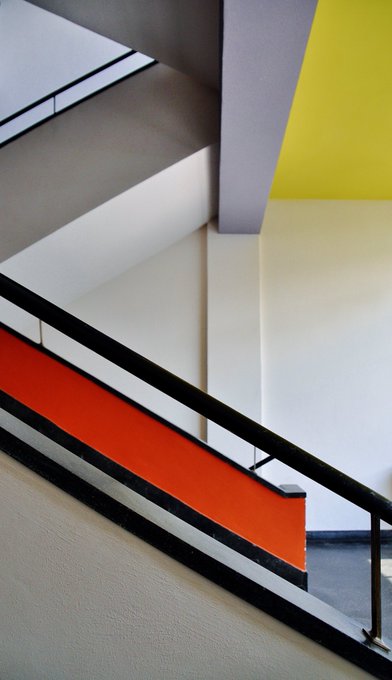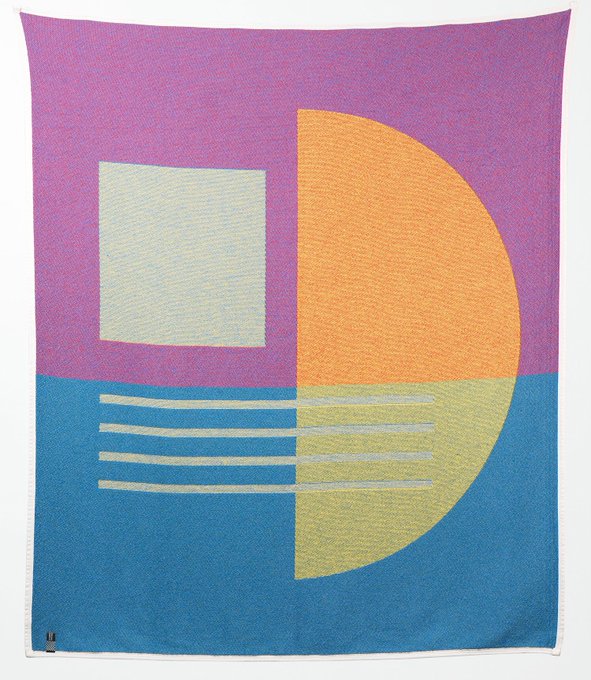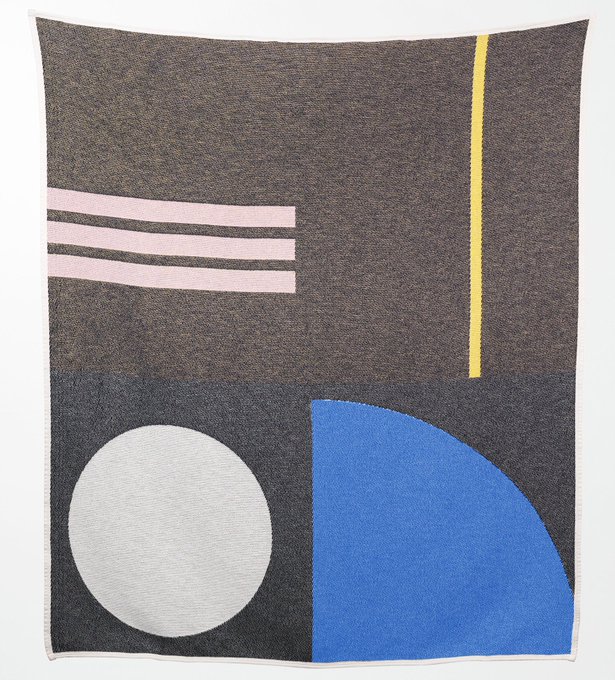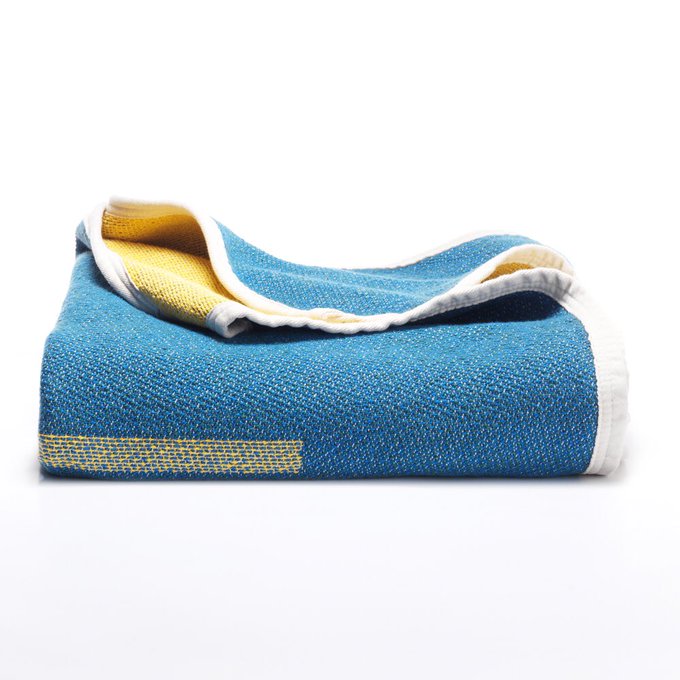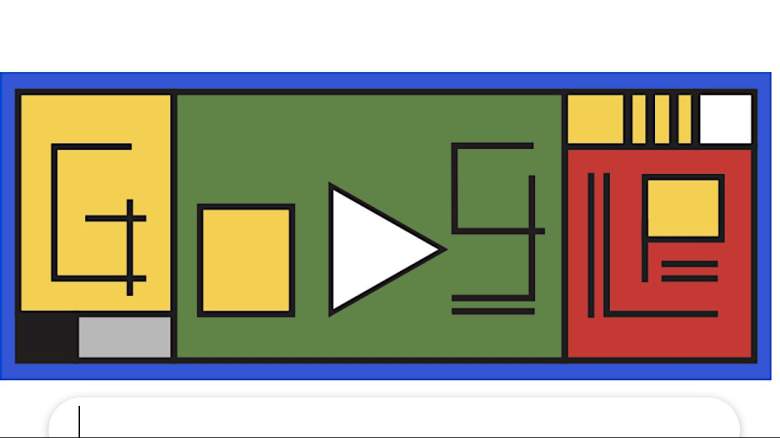
Google Bauhaus Google Doodle
On Friday, Google Doodle premiered its newest design to celebrate the 100th anniversary of the Bauhaus movement. Originally, an art school established in Weimar in 1919, they championed art that utilized a combination of technology and craftsmanship to create sleek designs and modern architecture. Google Doodle featured one Bauhaus’s most prolific painters Paul Klee, in December.
Founded by Walter Gropius, the school moved to Dessau in 1925, where they upgraded to a building which is looked upon today as one of the most iconic structures of the 20th century. Due to wartime pressures, Bauhaus moved once more to Berlin in 1932, before World War II and the Nazis forced them to shut its doors in 1933. The artists and teacher either went into hiding, or fled the country.
However, the school and its artists had already created so many pieces that were key contributions to the Modernist movement, that their industrial art designs lived on and grew internationally. Also known as International Style, Bauhaus, which literally means in German, “construction house,” pulled from the minimalist movement to create utilitarian art through interior and graphic design graphics and architecture.
Here’s what you need to know about the Bauhaus movement:
1. The Nazis Almost Destroyed Bauhaus
Bauhaus was one of the first schools to teach modern design. Students learned cabinetmaking, metalworking, typography, and wall painting, but in 1933, when the Bauhaus school relocated to Berlin, Germany, they were forced to shutter their doors by the Nazi regime.
However, in the 14 years since the school first opened by Gropius in Weimar, over 1,300 students had learned how to successful combine the fine arts with craftsmanship, and the style lived on in numerous different countries.
2. The New Bauhaus School is Located in Chicago
Before World War II was over, painter Laszlo Moholy-Nagy created the New Bauhaus in Chicago in 1937. The school is still open to this day, but the name has since changed to the ITT Institute of Design.
While many refugee artist fled to America, architect Lotte Beese moved to Amsterdam and helped rebuild Rotterdam after the war. Richard Paulick brought his talents to Shanghai, while Arieh Sharon became a celebrated architect in the newly sovereign state of Israel.
3. The Bauhaus Legacy Includes Numerous Influential Women
While the best known artist from Bauhaus include Swiss painter Paul Klee, Russian painter Wassily Kandkinsky, sculptor and designer Oskar Schlemmer, and visual artist Moholy-Nagy, there were numerous women who helped cement Bauhaus in the annals of art history.
This list includes Nina Kadinsky, Marianne Brandt, weavers Gunta Stölzl and Benita Koch-Otte, textile artist Otti Berger, designer Alma Siedhoff-Buscher, and Moholy-Nagy’s wife, photographer Lucia Moholy.
4. The Core of Bauhaus is Mixing Art and Technology
The Bauhaus school wanted to take away the divide between applied arts and the fine arts. Students were taught to make art that could also be practical. When Gropius founded the Bauhaus school, he was enthralled with Japanese design and shojis, transparent sliding doors that can also be used as walls.
In his 1919 manifesto Gropius wrote, “This world of mere drawing and painting of draughtsmen and applied artists must at long last become a world that build. When a young person who senses within himself a love for creative endeavor begins his career, as in the past, by learning a trade, the unproductive ‘artist’ will no longer be condemned to the imperfect practice of art because his skill is now preserved in craftsmanship, where he may achieve excellence.”
5. Bauhaus Designs are Seen All Over the World
One of the main reason the Bauhaus movement not only thrived through World World War II, but is celebrating its 100th anniversary in 2019, is because it allowed for mass production.
By making modern furniture with steel as frames and supports, it not only made utilitarian sense, the pieces, which included lamps, tables, and chairs, required little handcrafting or upholstery to be added. Therefore, the modern look of Bauhaus furniture was able to be created at extremely economical prices.
READ NEXT: Bret Easton Ellis’s First Non-Fiction Book ‘White’ Stirs Controversy


